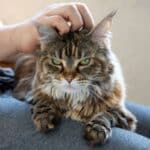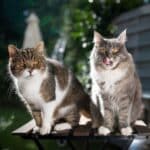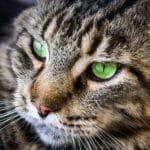Whether you’re looking for a new furry companion or simply looking for a new addition to your family, both Himalayan cats and Maine Coons can make a great choice, especially the fact that they are both human- and dog-friendly! But when you can only choose one, knowing which breed suits you best is an utmost priority, not just for the cat of choice but also for you and your beloved family members.
As furry, adorable, and majestic as they can both be, there are various differences between them, may it be physically or in terms of behavior. In this article, we will be entailing everything you need to know about both the Maine Coon and Himalayan cat, their fundamental differences, potential health issues to expect, and their caring and maintenance.
Jump to:
Maine Coon Characteristics
Looks
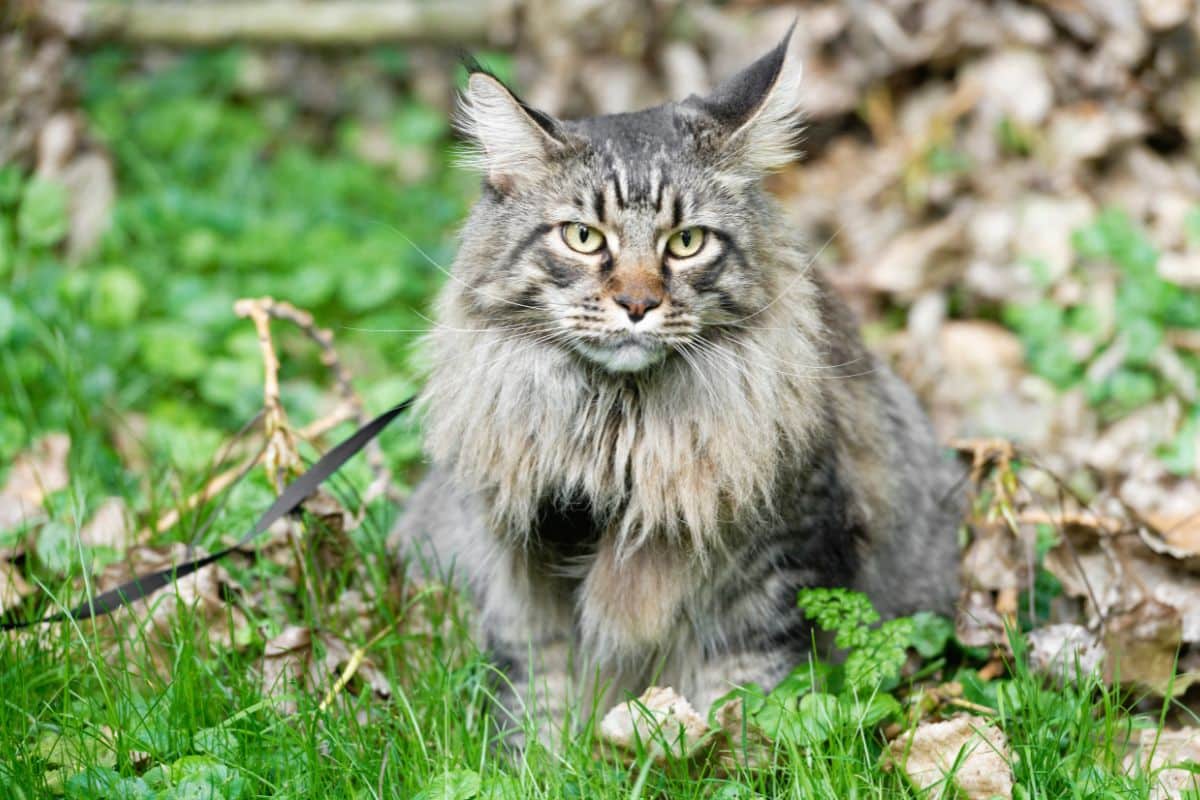
The Maine Coon is widely known for being the most giant domestic cat breed to date, making size its most distinguishing physical trait than other cat breeds. This breed typically grows up in the size range of 10 to 16 inches in height and may grow up to 40 inches in body length.
Maine Coons are historically knowledgeable hunters of mice and rats back in the old days, which justifies their solid physical packing with muscle, particularly their legs and chest. With that being said, Maine Coons weigh between 8 and 18 pounds in body weight due to their big bones and rock-solid muscles.
Their thick, long, and glorious fur essentially create an effect that makes the large domesticated cat even bigger. Maine Coons have silk-like long coats that tend to grow shorter around the shoulders, giving them an edgy body structure. Their furs come in various colors and patterns such as cream, solid white, black, tabby (like Garfield), bi-color, tortoiseshell, and shaded Maine Coons, just to name a few.
Behavior
Despite their large size, Maine Coons are gentle giants as they are affectionate. They don’t mind playing around with humans and dogs, getting picked up, and following you as you walk across from the living room to the kitchen, making them one of the most loyal companions you’ll ever have.
However, Maine Coons are no typical lap cats. Sitting or chilling beside you is preferable to them than sitting on your lap. With their giant size in mind, they might actually be doing you a favor. This breed is also known to be undeniably intelligent and fun throughout their lifetime, even when they grow older as the playfulness stays inside them. Maine Coons are kind and incredibly patient, even around children.
Himalayan Cat Characteristics
Looks
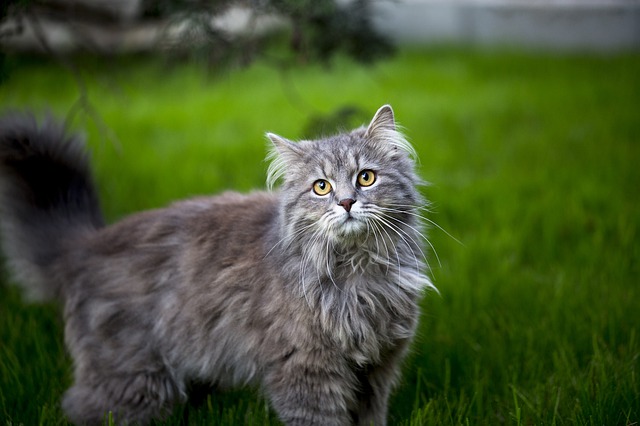
Himalayan cats are close relatives to the Persian cat breed. They are typically medium-sized with a flat face, making them a perfect in-home cat. This cat breed can grow up to 10 to 12 inches in height and a relative body length of about 17 to 19 inches. Unlike Maine Coons, Himalayan cats only weigh between 7 and 12 pounds.
Himalayan cats tend to have small ears and rounded heads, similar to Persian cats. But one of the most visible and distinct physical features of Himalayan cats is their long, cream, and soft fur and coat with contrasting “points” (or darker fur color on some of their body parts) on their ears, legs, face, and tail. The color of their points varies from blue, lilac, chocolate, flame, seal, and cream, to name a few.
To top off their magnificent color gradients shifts, Himalayan cats have been blessed with ocean blue eyes, making Himalayan cats one of the most popular breeds to date!
Behavior
Himalayan cats are friendly and affectionate cat breeds and get along well with fellow cats, seniors, dogs (as long as you get them acquainted from a young age), and of course, children. They are relatively friendly to just about anyone who comes into their life and certainly wouldn’t mind being picked up. They also make a good lap cat due to their medium size.
Though they tend to be calmer cats compared to Maine Coons, that doesn’t mean they don’t know how to be the naturally playful cats they are! Himalayan cats enjoy playing a game of chase or two with lasers and other cat toys.
If you prefer some peace and bliss at home, then Himalayan cats might just be for you. This breed has infrequent vocalness and tends to be more relaxed, so you both can enjoy some tranquility from the hustles and bustles of the world. Himalayan cats are also known to be loyal, loving, and curious.
Key Differences
As you may have noticed both Maine Coons and Himalayan cats have unique traits of their own, some of which may have surprised you. Though some of these may be similar such as being friendly, loving, and loyal cats, some key differences separate the two. These differences include:
Size
Maine Coons are doubtlessly the breed with the upper hand here in both height and weight, as their muscle-packed body features makes them well adapted as the hunters of mice and rats they innately are. With that being said, Maine Coons are more of a sit-along-side you cat breed rather than the lap cats that Himalayan cats naturally are.
Lifespan
The average life expectancy of Maine Coons is 10 to 13 years, while that of Himalayan cats is 9 to 15 years. The exact number of years they live will vary based on their lifestyle, diet, and environment, but you surely know better already.
Activity Level
Maine Coons are clearly the athletes in this case, as their physique points that out as clear as day when it comes to activeness. In contrast, Himalayan cats tend to be more reserved but as playful as Maine Coons are.
Playfulness
Though both breeds are capable of playing a game of catch or two, Maine Coons tend to be the more playful than Himalayan cats. As Himalayan cats are intelligent enough to know when to stop playing, they return to their calm and reserved nature over time.
Potential Health Issues
Maine Coon
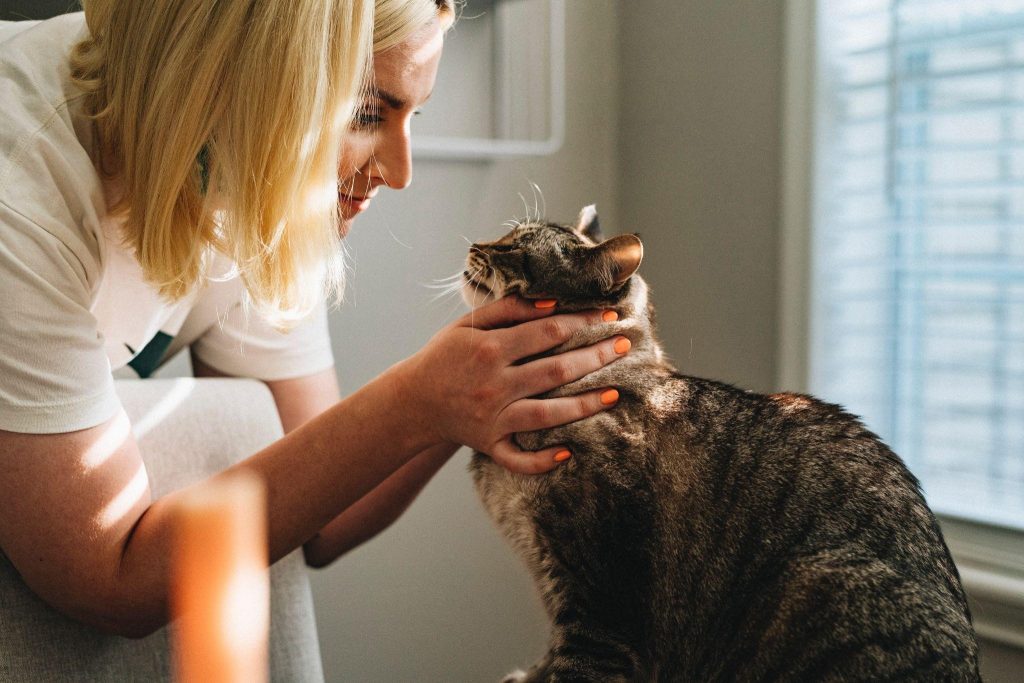
Maine Coons are classified as healthy breeds, but you need to know a few health issues if you choose to get one.
Hip Dysplasia
Their large physique makes them susceptible to develop joint-related diseases such as hip dysplasia (malformation of hip joints). If left untreated, the hips may gradually become more prone to injuries and eventually cause arthritis (a painful joint condition).
Hypertrophic Cardiomyopathy
This condition is caused by the thickening of heart muscles that results in a distended heart ventricle, making it one of the toughest conditions to diagnose to begin with. If the cat doesn’t get immediate treatment, it may develop to irregular blood flow and add on further health complications, which is certainly a no-no.
Finding a reputable breeder that screens their cats for potential health issues is the way to go. But that doesn’t mean you shouldn’t take your Maine Coon for regular screening with your vet as some of these diseases such as HCM can even go undetected until they mature.
Himalayan Cat
Like Maine Coons, Himalayan cats are also relatively healthy cat breeds. However, there are two particular health issues you should be aware of when deciding to get one of your own.
Progressive Retinal Atrophy (PRA)
PRA is a degenerative disorder of the cat’s retina, particularly the retinal photoreceptors (retina cells that reacts to light exposure). This condition can either be inherited or obtained on their own.
Polycystic Kidney Disease (PKD)
PKD is an inherited degenerative disorder where tiny, liquid-filled sacs develop in feline kidney tissues. If left untreated, these sacs can grow in both number and size, gradually overwhelming the cat’s kidney tissues and may eventually lead to kidney failure. Luckily, Polycystic Kidney Disease can be diagnosed from 6 months old age as these sacs or cysts are usually present from birth.
Caring and Maintenance
Maine Coon
These cats tend to have dense and shaggy coats, which means regular brushing as it might get tangly and matted over time. In terms of grooming, Maine Coons need to have regular baths. This can either anywhere from a weekly to monthly basis. The best way to indicate when it’s their time for a bath is by looking at their coats. Once they start to seem greasy or stringy, then you know it’s time to bathe them.
Himalayan Cat
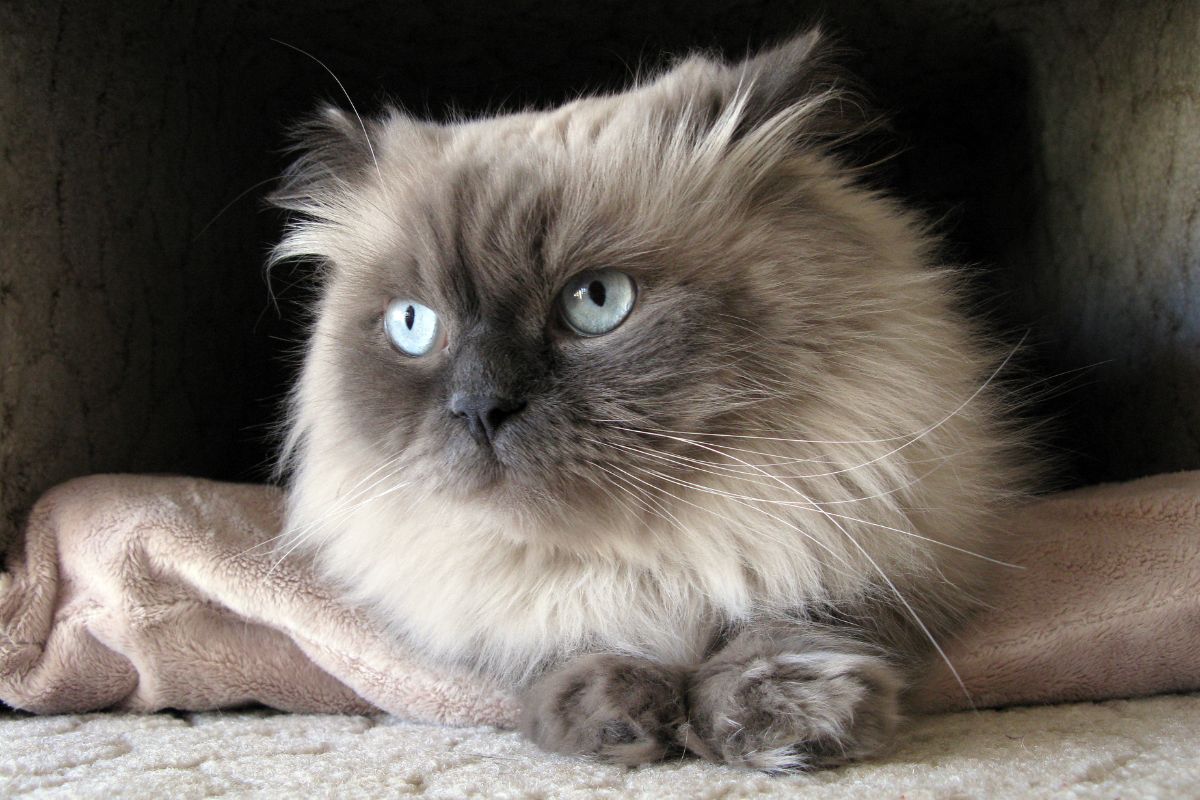
The fact that Himalayan cats have a long, soft, and magnificent coat, means they require quite a bit of grooming. Doing so helps avoid unwanted matting and tangles, as mats tend to hurt Himalayan cats.
When it comes to bathing, Himalayan cats need to be regularly groomed every 4 to 6 weeks, recommended by the National Cat Groomers of America. This helps keep their coats in tip-top shape with that extra shine.
Himalayan cats also need particular attention when caring for their eyes due to their flat faces, as this prevents tears from properly draining. If you don’t regularly wipe their faces, this overflow of tears (aka epiphora) can cause an “eye goo” (a reddish-brown stain below their eyes).
Conclusion
Regardless of the differences between these two gorgeous breeds, Maine Coons and Himalayan cats make great company! When deciding between the two breeds, it all comes down to your preference and lifestyle. For example, if you want a homebody cat, then the calm Himalayan cat might be suitable for you.
But if you want a more outgoing and active cat, then the gentle Maine Coon is your rightful companion. Regardless of which cat you choose, remember to always consult with your breeder on potential health issues, maintenance, and caring requirements. This may very well go a long way to ensure your cat nicely settles into its new home and has a long, healthy, and joyous life.

